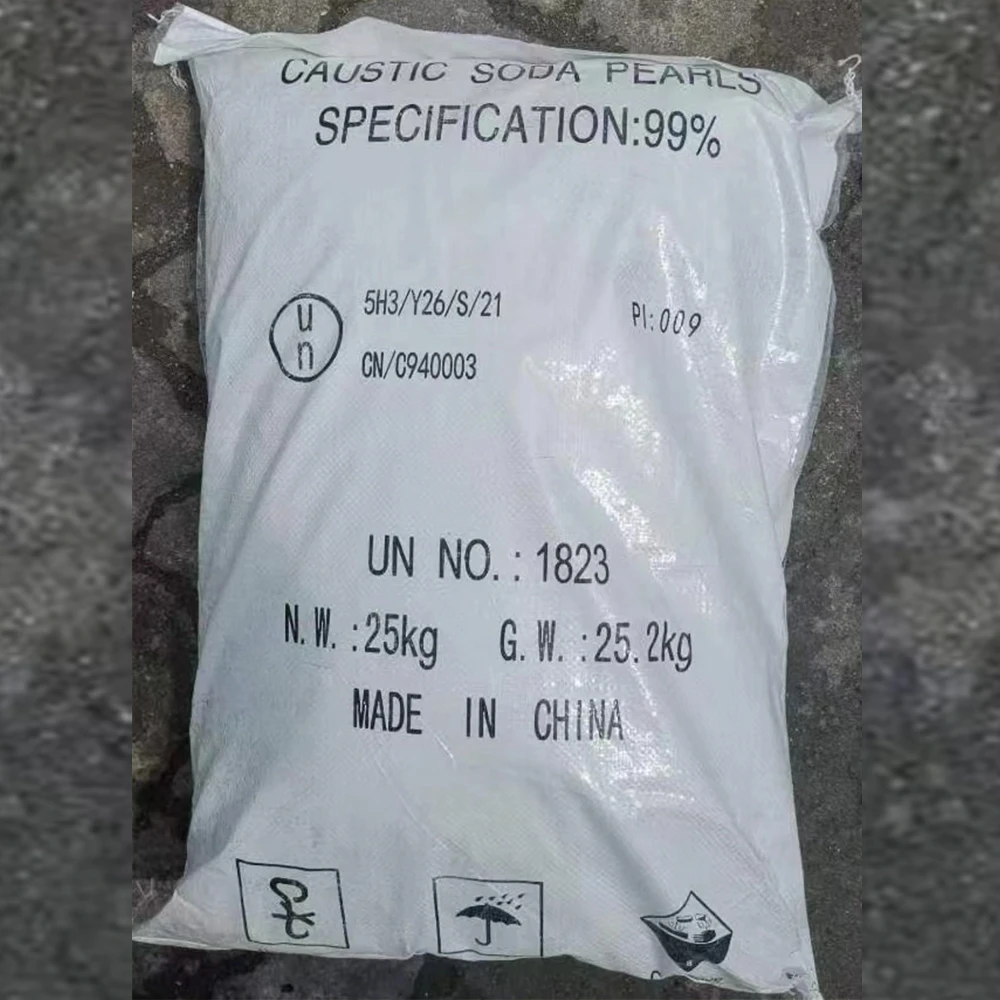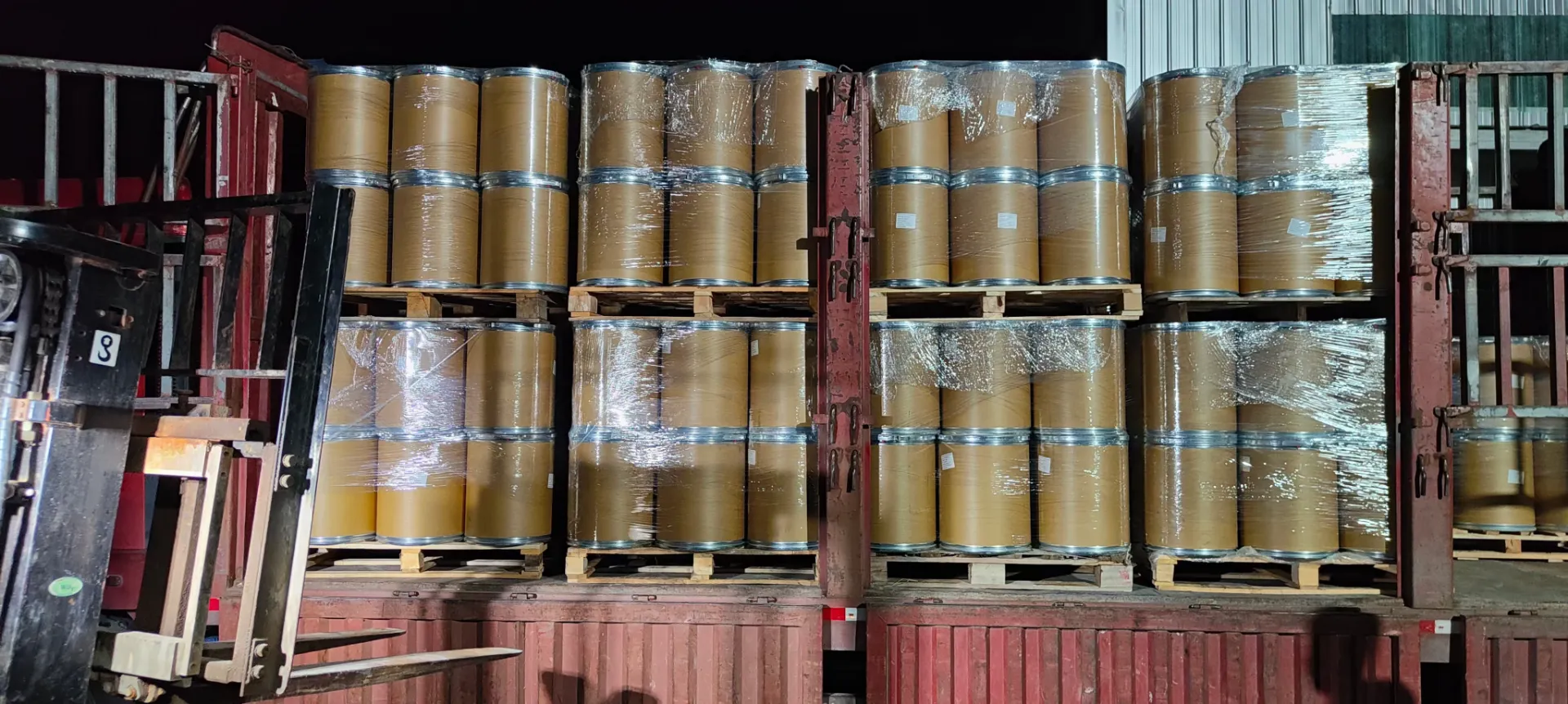



water and wastewater treatment chemicals
જાન્યુઆરી . 19, 2025 02:12
Back to list
water and wastewater treatment chemicals
In the realm of water treatment, selecting the right chemicals is vital for achieving desired water quality, ensuring safety, and optimizing operational efficiency. Water treatment chemicals are crucial in addressing contaminants, preventing scale, and maintaining equipment lifespan. The industry relies heavily on innovative products tailored to specific treatment needs.
Biocides are crucial in preventing microbial growth in water systems, which can lead to biofilm formation and potential health hazards. Oxidizing biocides like chlorine and ozone are effective at reducing microbial load by destroying cell structures. For applications where oxidative stress might degrade system components, non-oxidizing biocides such as glutaraldehyde or isothiazolinones offer potent microbial control without damaging infrastructure. The choice of biocide depends largely on the system's material tolerance and the specific microbial challenges present. pH adjusters are pivotal in optimizing the conditions for other chemical treatments and ensuring stability of the treated water. They are used to either increase or decrease the acidity of the water, depending on the treatment goals. Common agents include sodium hydroxide for pH elevation and sulfuric acid for reduction. Advanced pH control systems integrate real-time monitoring with automated dosing technologies, ensuring precise management of water chemistry. Disinfectants ensure the microbiological safety of treated water. Chlorine, chloramines, and ultraviolet (UV) light are prevalent methods of disinfection. Each has its strengths, with chlorine offering a cost-effective, residual-effect solution, while UV provides immediate pathogen inactivation without chemical residues. Innovations like advanced oxidation processes (AOPs) combine UV with ozone or hydrogen peroxide to tackle even trace organic contaminants, embodying the forefront of disinfection technology. Selecting the appropriate water treatment chemicals involves understanding the specific requirements of the water source, the operational facets of the treatment facility, and the regulatory framework guiding water quality standards. Consultation with industry experts and participation in continuous training enhance the understanding and application of these chemicals. This strategic approach ensures that water treatment facilities not only achieve compliance but also strive for operational excellence and sustainability.


Biocides are crucial in preventing microbial growth in water systems, which can lead to biofilm formation and potential health hazards. Oxidizing biocides like chlorine and ozone are effective at reducing microbial load by destroying cell structures. For applications where oxidative stress might degrade system components, non-oxidizing biocides such as glutaraldehyde or isothiazolinones offer potent microbial control without damaging infrastructure. The choice of biocide depends largely on the system's material tolerance and the specific microbial challenges present. pH adjusters are pivotal in optimizing the conditions for other chemical treatments and ensuring stability of the treated water. They are used to either increase or decrease the acidity of the water, depending on the treatment goals. Common agents include sodium hydroxide for pH elevation and sulfuric acid for reduction. Advanced pH control systems integrate real-time monitoring with automated dosing technologies, ensuring precise management of water chemistry. Disinfectants ensure the microbiological safety of treated water. Chlorine, chloramines, and ultraviolet (UV) light are prevalent methods of disinfection. Each has its strengths, with chlorine offering a cost-effective, residual-effect solution, while UV provides immediate pathogen inactivation without chemical residues. Innovations like advanced oxidation processes (AOPs) combine UV with ozone or hydrogen peroxide to tackle even trace organic contaminants, embodying the forefront of disinfection technology. Selecting the appropriate water treatment chemicals involves understanding the specific requirements of the water source, the operational facets of the treatment facility, and the regulatory framework guiding water quality standards. Consultation with industry experts and participation in continuous training enhance the understanding and application of these chemicals. This strategic approach ensures that water treatment facilities not only achieve compliance but also strive for operational excellence and sustainability.
Latest news
-
Why Sodium Persulfate Is Everywhere NowNewsJul.07,2025
-
Why Polyacrylamide Is in High DemandNewsJul.07,2025
-
Understanding Paint Chemicals and Their ApplicationsNewsJul.07,2025
-
Smart Use Of Mining ChemicalsNewsJul.07,2025
-
Practical Uses of Potassium MonopersulfateNewsJul.07,2025
-
Agrochemicals In Real FarmingNewsJul.07,2025
-
Sodium Chlorite Hot UsesNewsJul.01,2025










